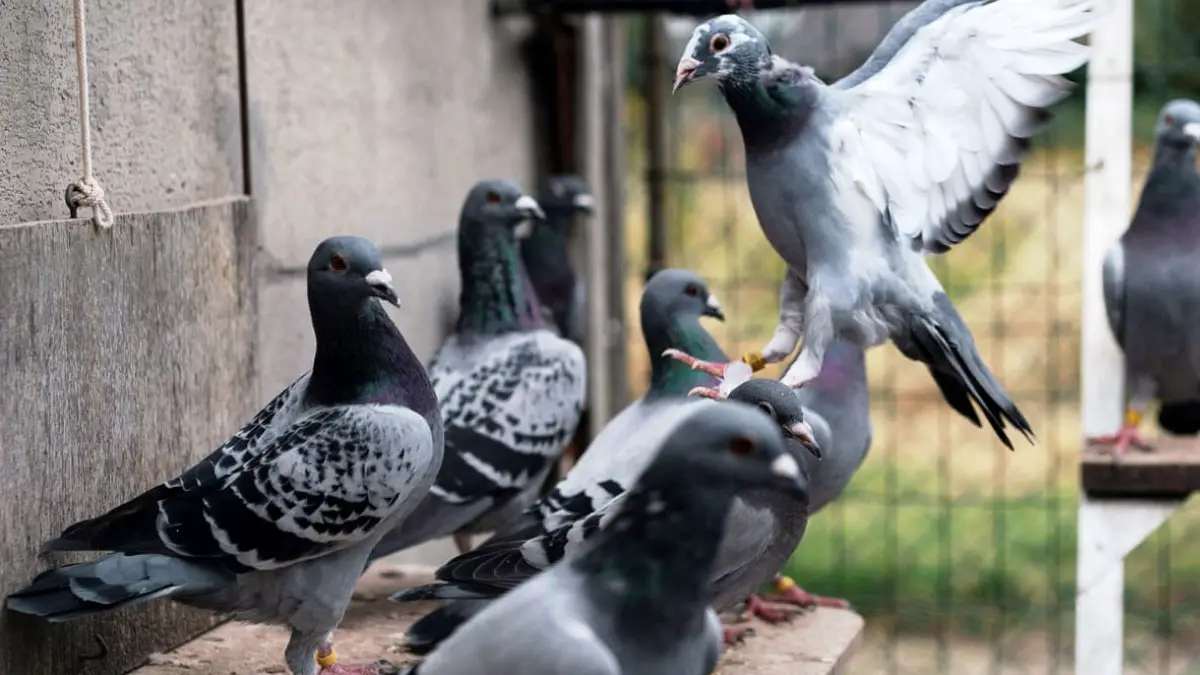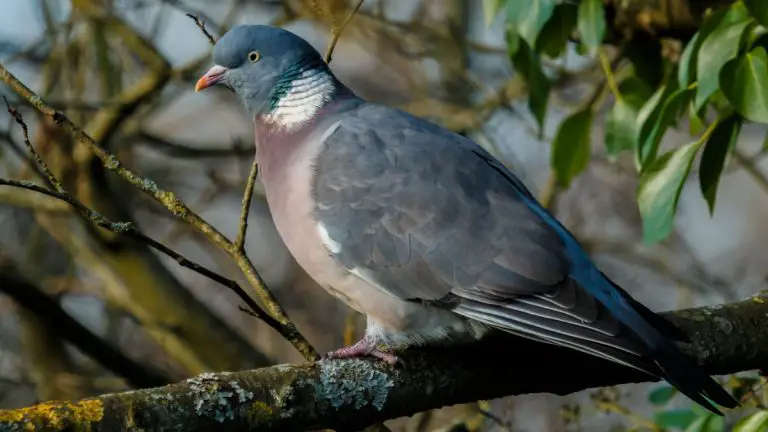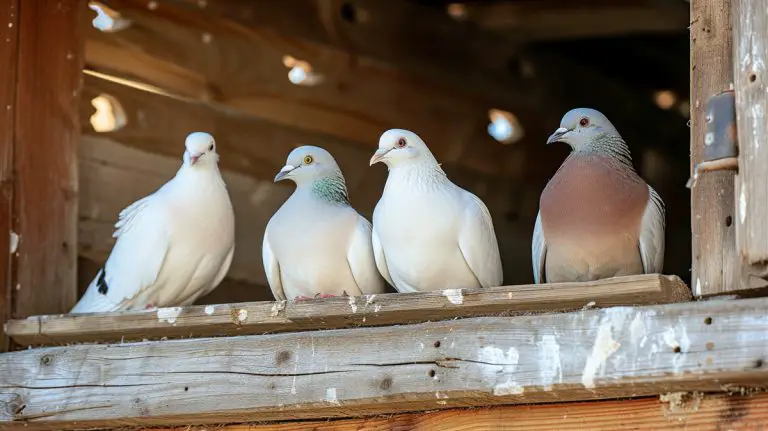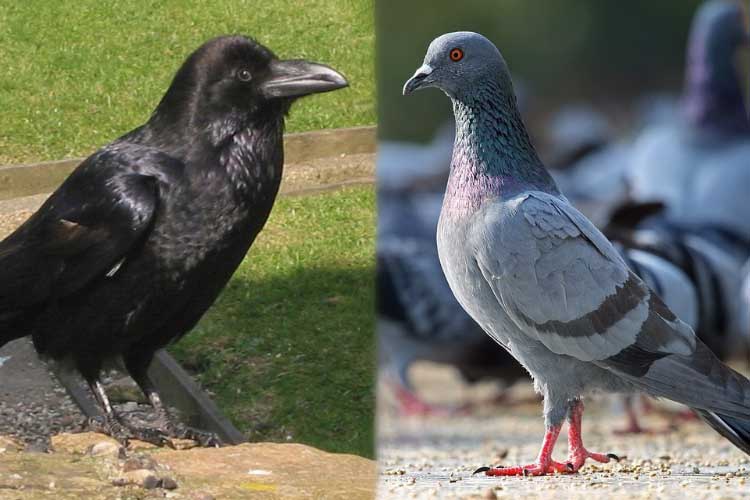How to Get a Racing Pigeon to Come to You?
The pigeons bred for racing are specifically trained to navigate long distances. These birds know how to overcome obstacles and quickly travel through the sky. However, getting the birds to return to their handlers is undoubtedly one of the challenging aspects of pigeon racing.
So, how to get a racing pigeon to come to you? One of the best ways of getting your pigeons to return to you is to ensure proper priming. You can also rely on food or treats to bring the birds back. Not only that, but handlers can build a trustworthy relationship to ensure the safe return of the pigeons.
In this guide, we will guide you through several methods on how to ensure a safe return of your pigeons set out for racing. We will also explore several factors relevant to this topic. So, continue reading till the end!
Building Trust and Establishing a Bond with Racing Pigeons
A trusting relationship between the bird and its handlers is crucial. The trust not only helps the birds to perform better but also encourages them to come back to their handlers.

Take a look at some of the top ways of building a trustworthy relationship and establishing a bond with the pigeons.
Hand-Feeding
One of the best ways of building trust and bonding with your pigeons is to feed them with your own hands. Take a small amount of food or seed and put it on your palm. Extend your hand to the birds and let them come towards the food at their own pace and time.
Spend More Time With Your Feathered Friend
Spending more time with the birds is an important aspect to ensure that they get used to the handler’s presence. This also allows the birds to trust the owner as they see them more often.
However, make sure that you communicate with them in a soft tone, as loud noise and harsh movements can scare the birds.
Ensure Comfort
Each and every animal in this world deserves a comfortable environment to grow and live. And the case is the same for pigeons being bred for races. Ensure the birds have a relaxing living environment with proper lighting, ventilation, etc.
Be Patient
Taming or breeding a pigeon cannot be mastered in one day. Pigeon taming requires a decent amount of time, and handlers will have to be patient throughout the entire process.
Using Food and Other Incentives to Encourage the Return of Racing Pigeons
Relying on food and other incentives is a great way of encouraging the pigeons to return to you after flying. Here are some of the top incentives that can support this return.
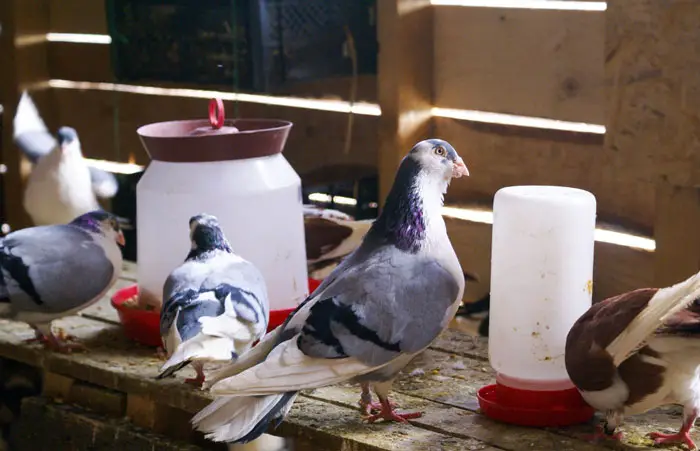
Rely On Food
The diet of a pigeon mostly consists of grains, seeds, and so on. You can use these seeds or grains as food incentive rewards to train the birds.
Start with a small amount of food and put it near you for the birds to eat. Over time, increase the amount of food while distancing further away from the bird. This will influence the pigeons to come closer to you.
Use Sound and Rewards
Another great way of getting the pigeons to come back to you is to use a specific sound or whistle.
Set a specific tone to communicate with the pigeons. Train them with that tone and provide rewards such as small treats, when they come to you.
This practice will be psychologically embedded within them. Where they shall always respond to you on the particular sound expecting a reward in return.
Ensure Regular Practice
Consistency is key when educating the pigeons. Practicing a new trick every day will not help the birds learn and will result in additional confusion. Make sure that you practice the same tricks with the pigeon regularly and spend more time with the birds.
The Role of Training in Developing the Responsiveness of Racing Pigeons
When it comes to developing the willingness to return to the pigeons, proper training plays a highly important role. The performance of the pigeon in the races typically depends on the instructions they received, health, flying ability, and so on.
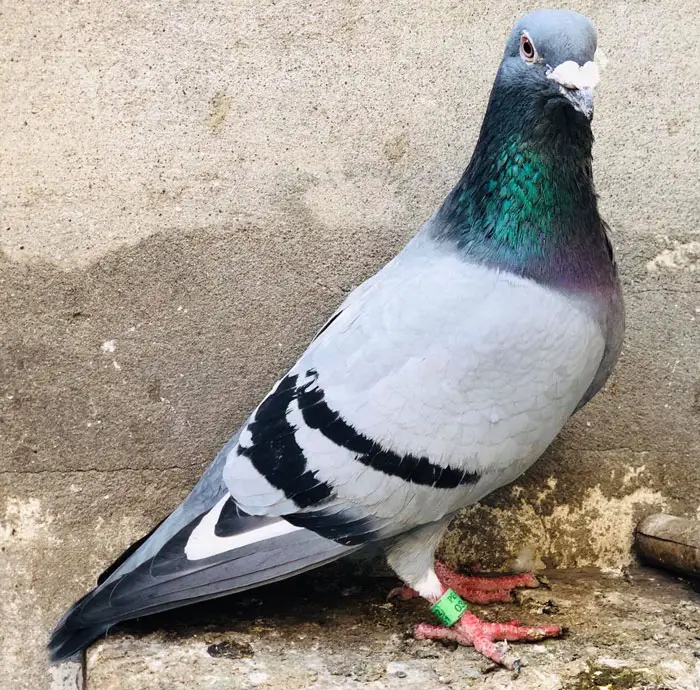
During the instruction period, the pigeons are set out to fly short distances at first. The distance gradually increases as the birds become accustomed to their surroundings. Other than physical lessons, the pigeons also require mental learning in order to become more skilled at the sport. Moreover, the birds must be trained through two aspects
Physical Lessons
As the birds develop their navigating skills, they learn to fly long distances from their home. They also learn to overcome hardships along the way.
Psychological Lessons
Positive reinforcement, anxiety control, stress reduction, and so on must be kept in check by the handlers. Proper mental health will help the birds to use their cognitive skills better and teach them to understand and overcome obstacles properly.
The combination of both mental and physical practice will help the birds to improve responsiveness and become a champion in the game.
Tips for Effective Training and Communication with Racing Pigeons
As mentioned before, proper practice and communication with the pigeons are a must to ensure success in racing. There are quite a few tips that can help handlers to train and communicate with the pigeons in a better manner.
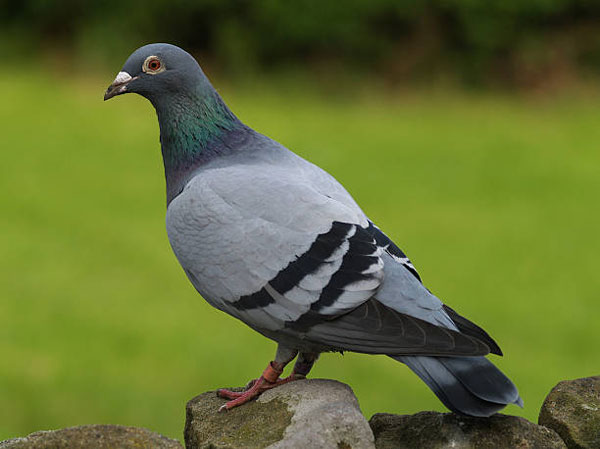
1. Build A Strong Connection
For proper teaching and connection, it is essential for the handlers to build a strong bond with their pigeons. Make sure that you spend time with the birds, provide treats and rewards, handle them with love, etc.
2. Begin With Strong Distances
At the very beginning, do not start the practice with long distances. Start with strong distances and let the bird get used to the surroundings properly. This will help the bird to navigate through the surroundings and learn how to overcome difficulties on the track.
3. Keep the Birds Healthy
Keeping the birds healthy both physically and mentally is important. Unhealthy birds cannot fly properly or focus on their surroundings. It is usually difficult for physically weak or mentally stressed birds to overcome obstacles and win the race. However, do not forget to make sure that the birds receive proper rest.
4. Encourage the Pigeons
When practicing with the birds, make sure that you use positive reinforcement. The encouragement will help the birds to learn the tricks and tips correctly and faster than usual. Not only that, but it also allows the birds to repeat their actions properly in the future.
Advanced Techniques for Developing the Bond with Racing Pigeons
Developing a strong connection with the pigeons is a key factor if you want success in racing. Here, take a look at a few advanced attraction techniques to develop the bond.

Regular Exercise
One of the top techniques for developing a healthy relationship with your pigeons is to exercise with them regularly. Start with short flights and reward the pigeon when it completes the course properly.
Make sure that you do not put too much gap between the exercise as it can cause the birds to forget the lessons. Not only that, but regular interaction can help the pigeon to state its trust in you.
Provide Comfort
Providing comfort is undoubtedly a great way to create a beautiful bond between the pigeon and its handler. Ensure your pigeons have a comfortable and relaxing place to live with proper ventilation and light.
Moreover, the birds should receive proper rest every day and take good care of their health.
Ensure Mental Strength
As we already mentioned, stress is one of the core factors which impacts the condition and performance of the pigeons. Ensuring good mental strength in the pigeons is a must for every handler. Work with a positive attitude and make sure to contact a vet if required.
If you’re interested in attracting racing pigeons and establishing a connection with them, you may also want to explore the fascinating topic of pigeon milk. Our article on pigeon milk dives into the unique biological phenomenon where pigeons produce a special secretion to feed their young. Additionally, understanding the impact of weather conditions on pigeon racing is crucial. Our article on impact of weather on pigeon racing delves into how factors like wind, temperature, and humidity can influence race outcomes. By delving into pigeon milk and considering weather conditions, you can gain a deeper appreciation for the intricate world of racing pigeons.Conclusion
Patience and consistent training approaches are two of the most important factors when it comes to attracting racing pigeons back to the handler. Each and every handler has to deal with patience as their birds get accustomed to the surroundings and the environment.
The birds will take a significant amount of time to build a bond and trust the handler. You will have to start working with short distances to allow the birds to come back to you. Consistency is also important in this scenario to make sure that the birds are properly familiar with the instructions.
Regular exercise will ensure the birds know how to tackle obstacles and return after reaching their destination.
